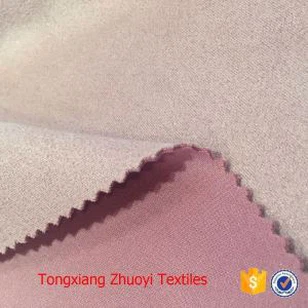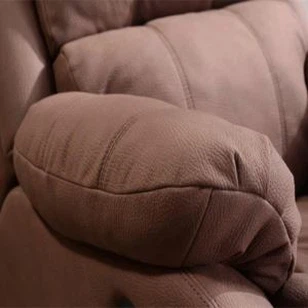Textile Zhizhi Has Assisted China’s Spaceflight Again! The Ground Lunar Frame Bridge Will Benefit From Donghua’s “an Umbrella”
On May 21st, China used the Long March 4th C carrier rocket at the Xichang Satellite Launch Center and successfully launched the No. 4 mission to launch the relay satellite “Yanqiao”. The satellite passed through the needle and built a communication bridge between the ground and the back of the moon.
The “Jiaoqiao” relay satellite is set up for the Chang’e IV mission to be implemented by the end of this year. It is the world’s first communication satellite that runs on the L2 point of the Earth Moon Lagrange and will also be the first in human history. Special orbit relay satellite outside Earth orbit.
The moon's rotation and revolution are the same, causing it to face only the earth. We can never see the moon directly on the earth. The Chang'e 4 lander and the lunar rover will land on the back of the invisible moon. Only after the “Bianqiao” was erected, after the Chang’e 4 was on the back of the moon, it would not lose contact with us. The best way to do this is to place a relay satellite at point L2 of the Moon Lagrange. It can both “see” the back of the moon and “see” the earth. It can provide a soft landing and lunar surface work. During the monitoring and control support.
The relay satellite has a mass of 425 kilograms and a life expectancy of more than five years. The body has a cuboid configuration, and a large-diameter umbrella-shaped parabolic antenna is installed at the top, and will assume the heavy responsibility of the two-way relay for the month. Like an umbrella. When it is launched, it will be stowed and it will open when it enters space.
This is an umbrella-shaped parabolic antenna that bears an important role. It uses the satellite-borne antenna metal mesh developed by Professor Chen Nanliang of the School of Textiles, Donghua University.
This "Umbrella" scientific name is "Starborne Antenna Metal Mesh", which not only created a history of independent research and development of metal mesh antennas for satellites in China, but also played a landmark role in the localization of key products of flexible antennas. The network laid a solid foundation for the smooth application of the rails. The metal mesh is a key component of the satellite antenna reflecting electromagnetic waves and the base material of the satellite-borne mesh antenna. However, for a long time, China’s satellite-borne antenna metal mesh mainly relied on imports. Since 2008, Professor Chen Nanliang teamed up with relevant research institutes to set foot on a national aviation mission. Constantly breaking through technical barriers, we have truly achieved localization.
For a long time, the team has always adhered to four words: textile wisdom. In the past, satellite-borne antennas used many materials such as aluminum alloys and traditional metal materials. It is hard to say that it is hard and hard for satellite antennas to move freely in space. During the trial and error, the team discovered that the gold-plated molybdenum wire made the satellite antenna light and stable. The material has high strength, low thermal expansion coefficient, is not easy to break, high reflectivity, and is an excellent "selection" for manufacturing a spatially expandable mesh antenna reflector. But to make it into a metal net is not simple, it must be tough, withstand the external forces of the launch flight, "toss", but also soft and editable, easy to accommodate in space. Since we must "hard and soft", we must use the warp knitting technology.
Textiles are usually criss-crossing warp and weft, and warp knitting is similar to knitting sweaters. When producing mesh fabrics, warp knitting techniques are more practical than other production techniques. The mesh fabrics produced can have different sizes and shapes, and the fabrics can be stable and firm without requiring any special finishing alone on their own structure. This is perfect for satellites that "survive" in the harsh environment of space.
After long-term and unremitting research and development, Prof. Chen's team used ultra-fine metal wire plying and warp knitting technology to achieve a breakthrough in the technology of plying and twisting fine fine gold-plated molybdenum filaments with only 1/4 of the hair. Dedicated parallel, warping and warp knitting equipment and complete production process. According to the team's introduction, this series of breakthroughs in technology and technology has not only successfully achieved the "flexibility and softness" of the satellite antenna metal net, but also reduced the weight of this "big umbrella" by more than 90%, making it more portable. With large size, Beidou navigation satellites and high-power communications of mobile communication satellites benefit from this. Thanks to the unremitting efforts of Professor Chen's team, a small metal mesh that has been woven can greatly contribute to the development of China’s space industry.






